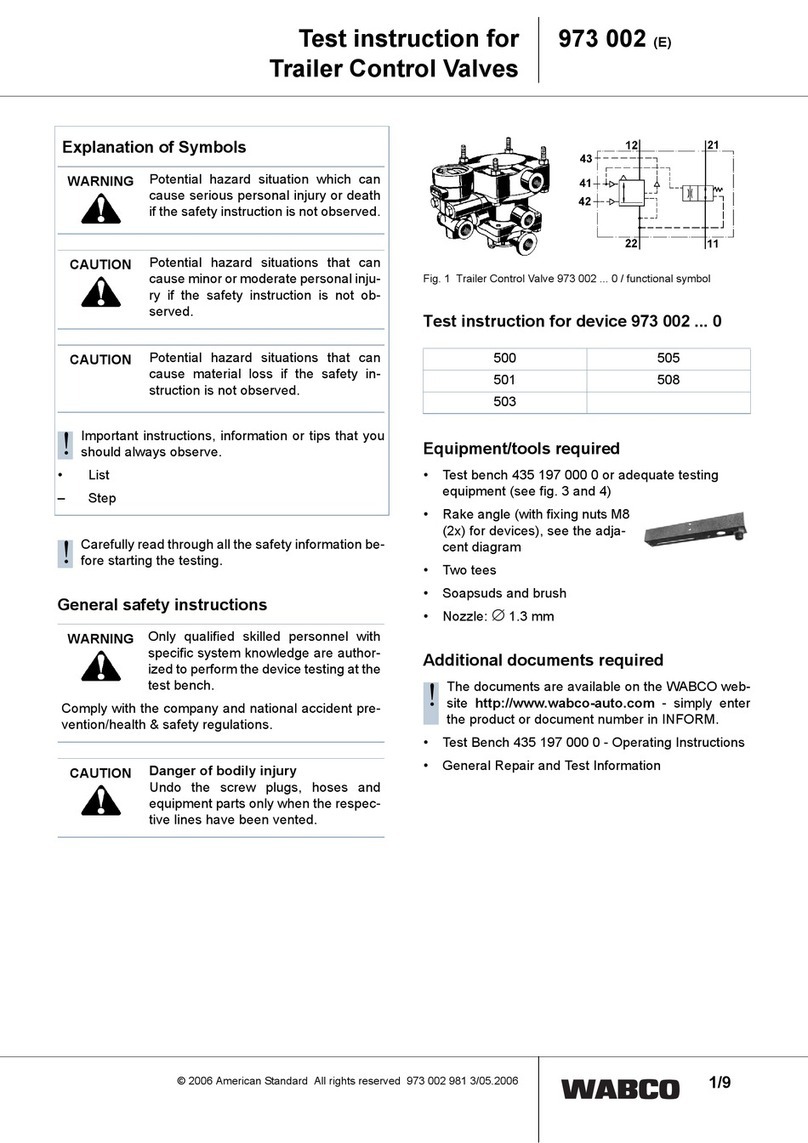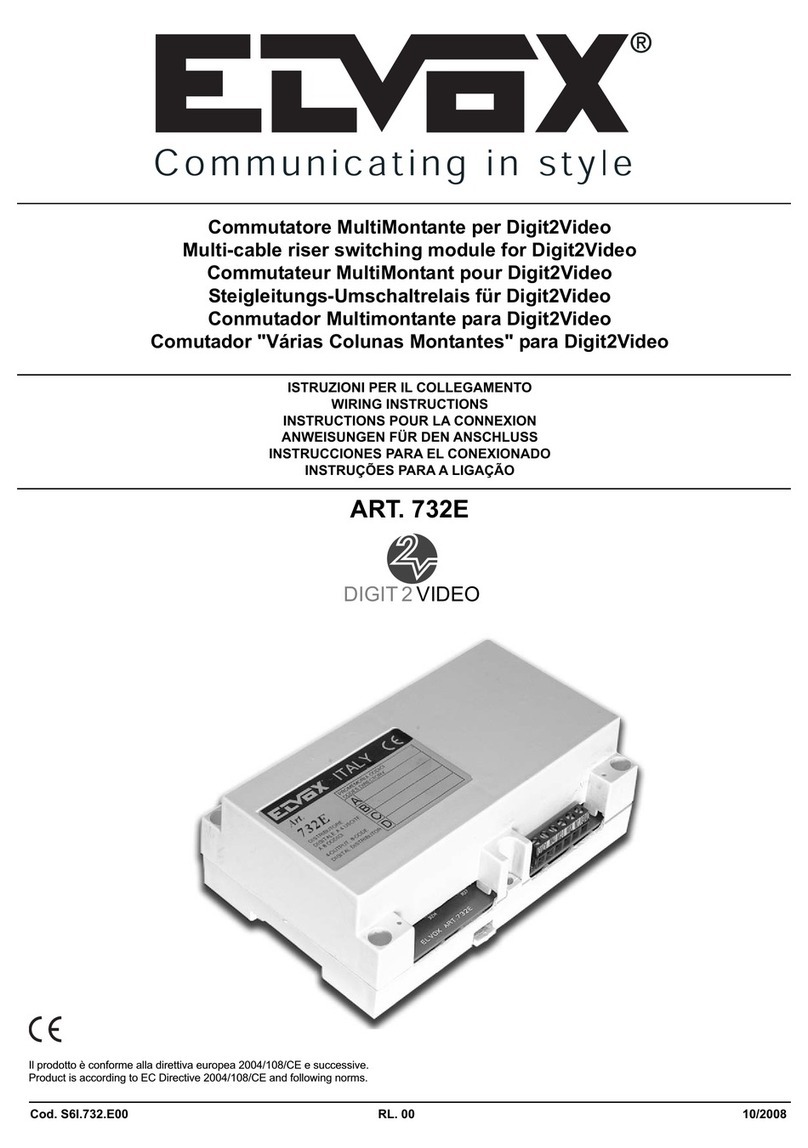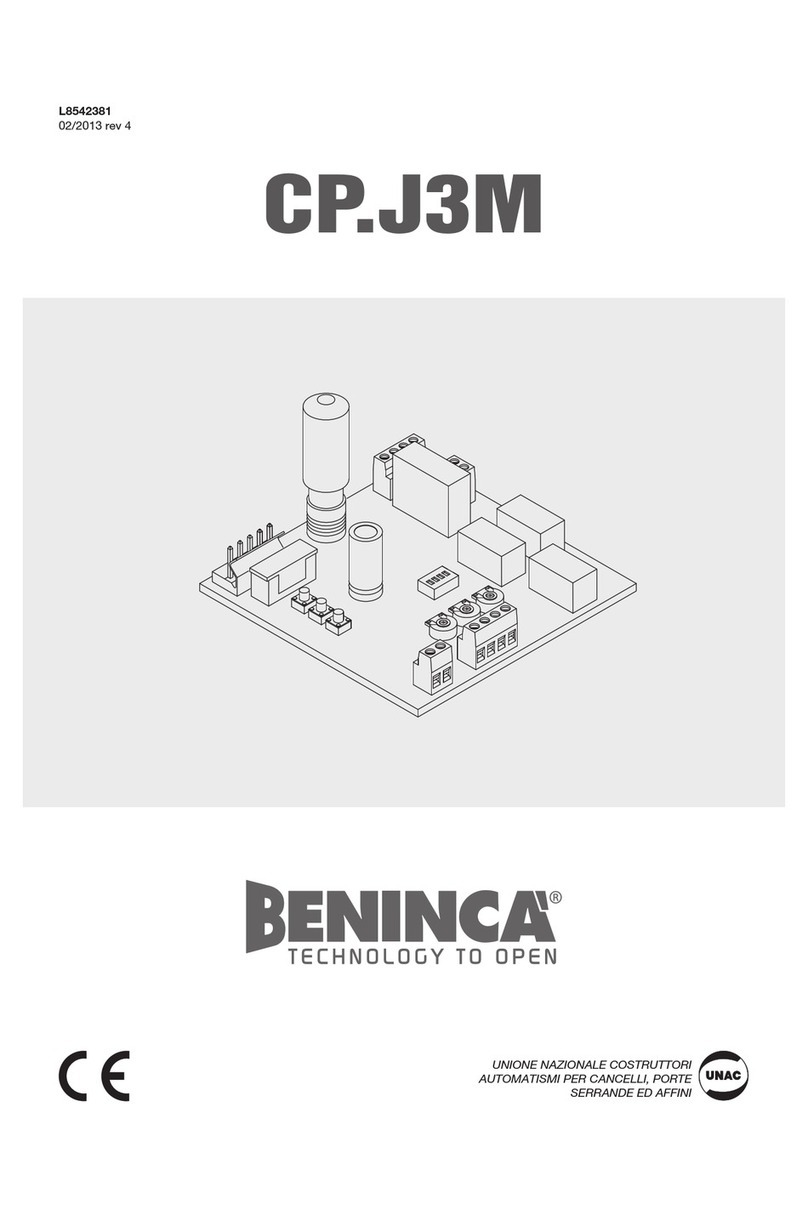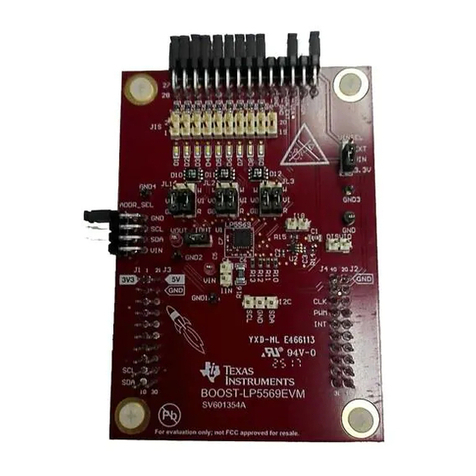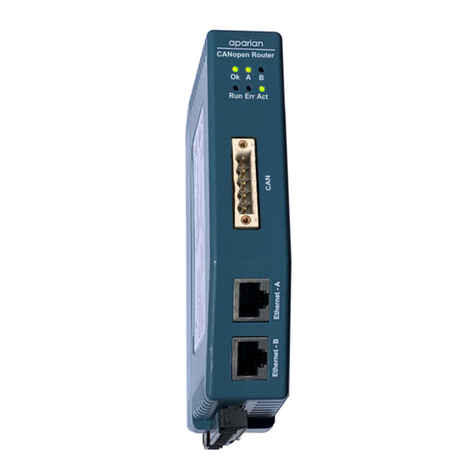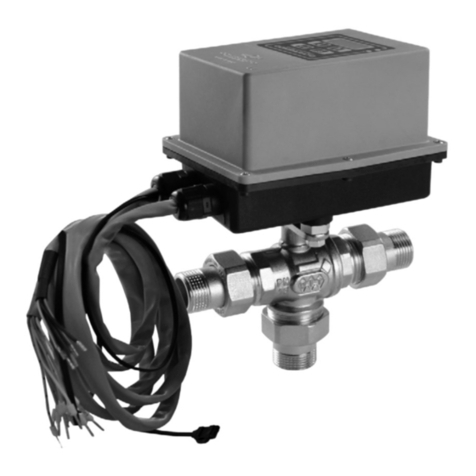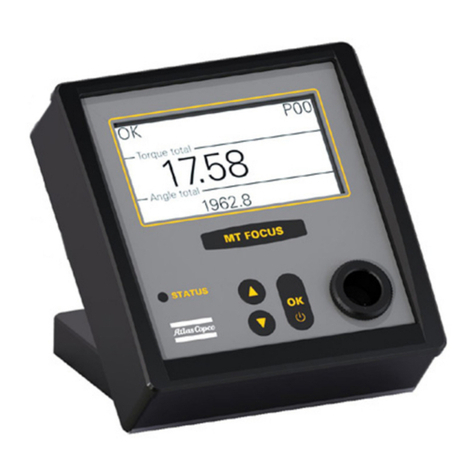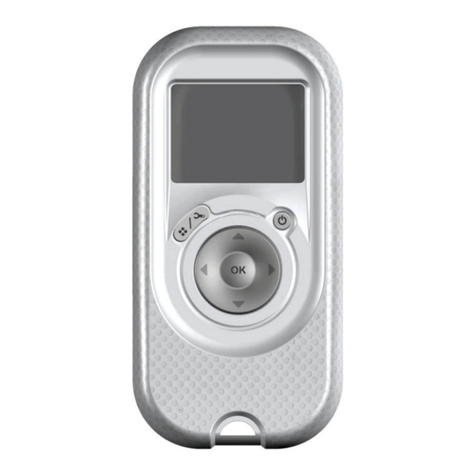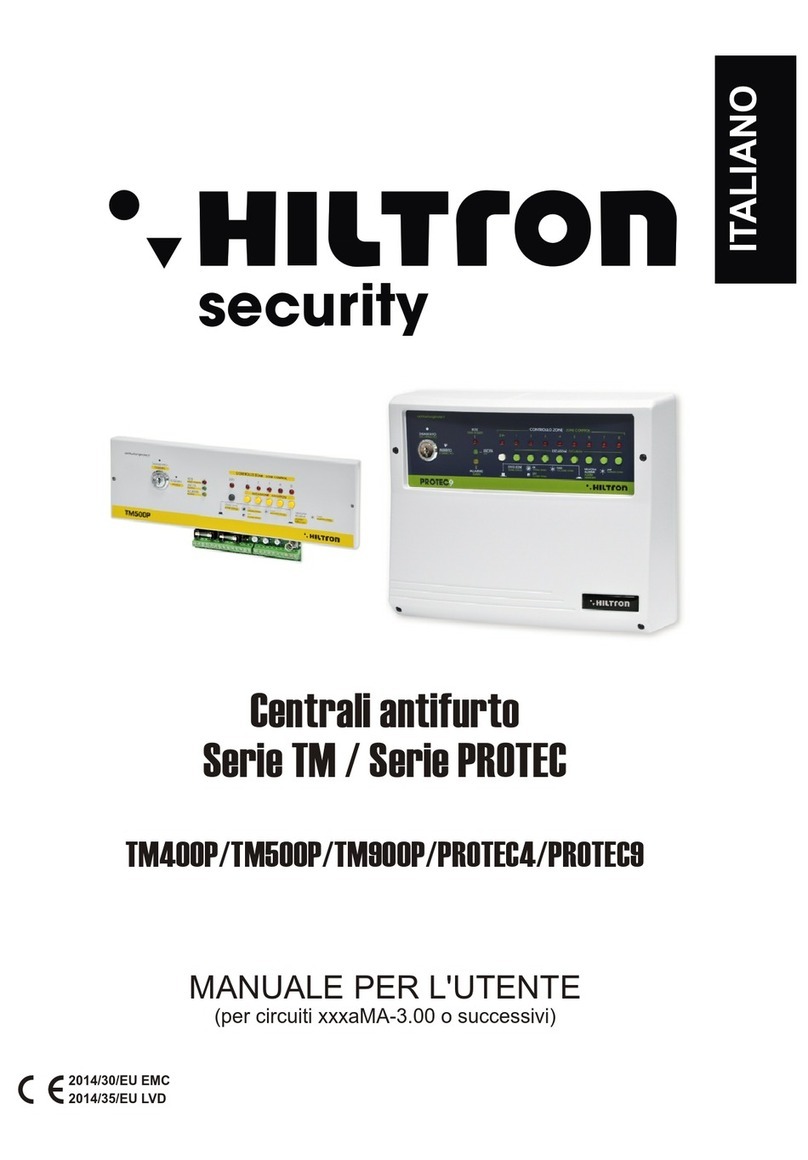FE P633A Series Instructions for use

MT6M08855 a
Fuji Small IPM (Intelligent Power Module)
P633A Series
6MBP**XS*060-50
Chapter 6 Mounting Guideline and Thermal Design
Application Manual
October 2021

MT6M08855 a © Fuji Electric Co., Ltd. All rights reserved.
This Instruction contains the product specifications, characteristics, data, materials, and structures as of
June 2021. The contents are subject to change without notice for specification changes or other reason.
When using a product listed in this Instruction be sure to obtain the latest specifications.
The application examples in this note show the typical examples of using Fuji products and this note
shall neither assure to enforce the industrial property including some other rights nor grant the license.
Although Fuji Electric Co., Ltd. continually strives to enhance product quality and reliability, a small
percentage of semiconductor products may become faulty. When using Fuji Electric semiconductor
products in your equipment, be sure to take adequate safety measures such as redundant, flame-
retardant and fail-safe design in order to prevent a semiconductor product failure from leading to a
physical injury, property damage or other problems.
The products described in this application manual are manufactured with the intention of being used in
the following industrial electronic and electrical devices that require normal reliability.
・Compressor motor inverter
・Fan motor inverter for room air conditioner
・Compressor motor inverter for heat pump applications, etc.
If you need to use a semiconductor product in this application note for equipment requiring higher
reliability than normal, such as listed below, be sure to contact Fuji Electric Co., Ltd. to obtain prior
approval. When using these products, take adequate safety measures such as a backup system to
prevent the equipment from malfunctioning when a Fuji Electric’s product incorporated in the equipment
becomes faulty.
・Transportation equipment (mounted on vehicles and ships)
・Trunk communications equipment
・Traffic-signal control equipment
・Gas leakage detectors with an auto-shutoff function
・Disaster prevention / security equipment
・Safety devices, etc.
Do not use a product in this application note for equipment requiring extremely high reliability
such as:
・Space equipment ・Airborne equipment ・Atomic control equipment
・Submarine repeater equipment ・Medical equipment
All rights reserved. No part of this application note may be reproduced without permission in writing from
Fuji Electric Co., Ltd.
If you have any question about any portion of this application note, ask Fuji Electric Co., Ltd. or its sales
agencies. Neither Fuji Electric Co., Ltd. nor its agencies shall be liable for any injury or damage caused
by any use of the products not in accordance with instructions set forth herein.
i
Cautions

MT6M08855 a © Fuji Electric Co., Ltd. All rights reserved.
1.
Soldering to PCB
6
-2
2.
Mounting to Heat sink
6
-2
3.
Heat Sink Selection
6
-4
Chapter 6 Mounting Guideline and Thermal Design
6-1

MT6M08855 a © Fuji Electric Co., Ltd. All rights reserved.
1. Soldering to PCB
• The product’s temperature during soldering might exceed the maximum storage temperature. To
prevent damage to the product and to ensure reliability, please use the following soldering
temperature.
Table 6.1 Soldering temperature and duration
•The immersion depth of the lead terminal should be more than 1.5mm apart from the device.
During dip soldering, be careful to avoid immersing the package in the solder bath.
•It is not recommended to reuse the product after it is removed from the printed circuit board
because there is a possibility that the removed product was subjected to thermal or mechanical
damage during the removal process.
2. Mounting to Heat Sink
•When mounting the product to a heat sink, please refer to the following recommended fastening
order. Uneven fastening due to excessive torque might lead to destruction or degradation of the
chip.
Fig.6-1 Recommended screw fastening procedure
1 2
Note) the pre-screwing torque is set to 30% of the maximum torque rating.
•Fig.6-2 shows the measurement position of heat sink flatness.
•The heat sink flatness should be 0μm/100mm to +100μm/100mm, and the surface roughness (Rz)
should be less than 10μm.
•If the heat sink surface is concave, a gap occurs between the heat sink and the product, leading to
deterioration of cooling efficiency.
•If the flatness is +100µm/100 mm or more, the aluminum base of the product is deformed and
cracks could occur in the internal isolating substrates.
6-2
Methods Soldering Temp. & Time
aDip soldering 260±5oC, 10±1sec
bSoldering iron 350±10oC, 3.5±0.5sec
Recommended:
Pre-screwing: 1 2
Final screwing: 2 1

MT6M08855 a © Fuji Electric Co., Ltd. All rights reserved.
Fig.6-2 The measurement point of heat sink flatness
100mm
External Heat sink
+
-
In order to achieve good heat dissipation, thermal grease with high thermal conductivity should be
applied evenly to the contact surface between the product and the heat sink. The stencil mask method
(Fig. 6-3) is recommended to control the appropriate thermal grease thickness. Please refer to
mounting instruction for the recommended characteristics, amount, stencil mask pattern, etc. of
thermal grease.
Fig. 6-3 Thermal grease application
6-3

MT6M08855 a © Fuji Electric Co., Ltd. All rights reserved.
3. Heat Sink Selection
•Please make sure that the junction temperature Tvj should not exceed the maximum junction
temperature rating for safe operation. Heat sink should be designed to ensures that Tvj is always
below the maximum junction temperature rating even during abnormal conditions such as overload
operation as well as during rated load.
•Operating the IGBT above the maximum junction temperature rating can cause damage to the chips.
The over heating (OH) protection function works when the IGBT junction temperature exceeds the
maximum junction temperature rating. However, if the temperature rises too quickly, the OH
protection might not work.
•Please note that the junction temperature of FWD should not exceed the maximum junction
temperature rating too.
•When selecting a heat sink, please verify the chip temperature by measuring at the position shown
in Fig.2-2.
For more detail about thermal design, please refer to Chapter 6 Section 2 of this note and “IGBT
MODULE APPLICATION MANUAL (REH984e)”
Contents:
•Power dissipation loss calculation
•Selecting heat sinks
•Heat sink mounting precautions
•Troubleshooting
6-4
Table of contents
Popular Control Unit manuals by other brands
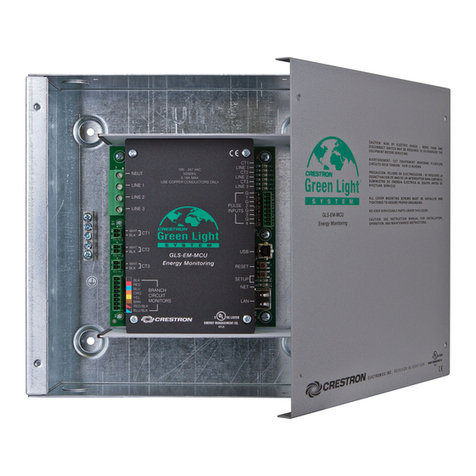
Crestron
Crestron GLS-EM-MCU Operation guide

Festo
Festo CPX-E-EP manual
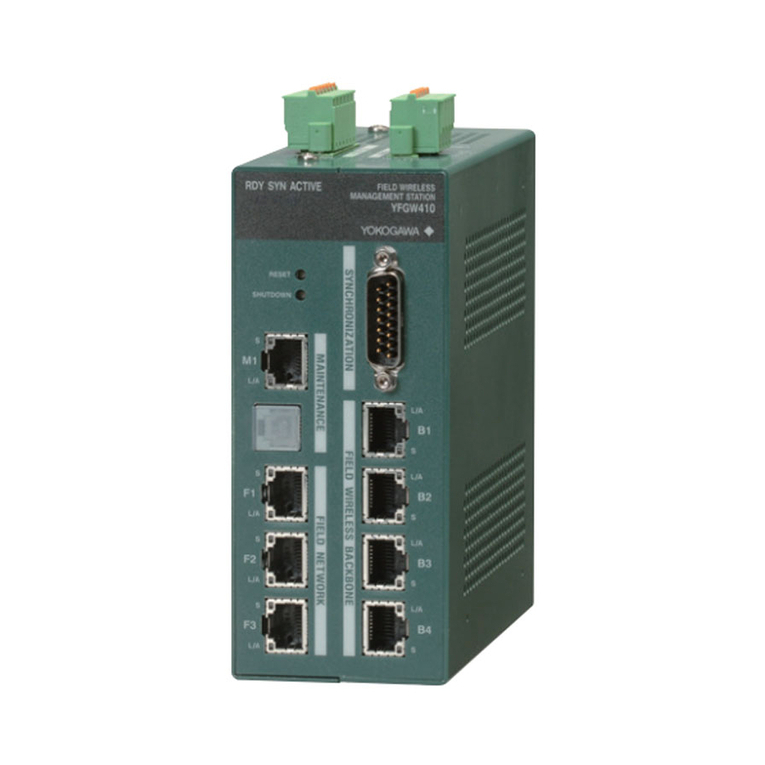
YOKOGAWA
YOKOGAWA YFGW410 user manual
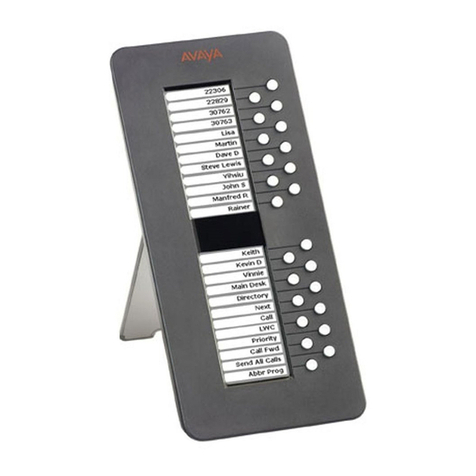
Avaya
Avaya one-X Deskphone SBM24 introduction
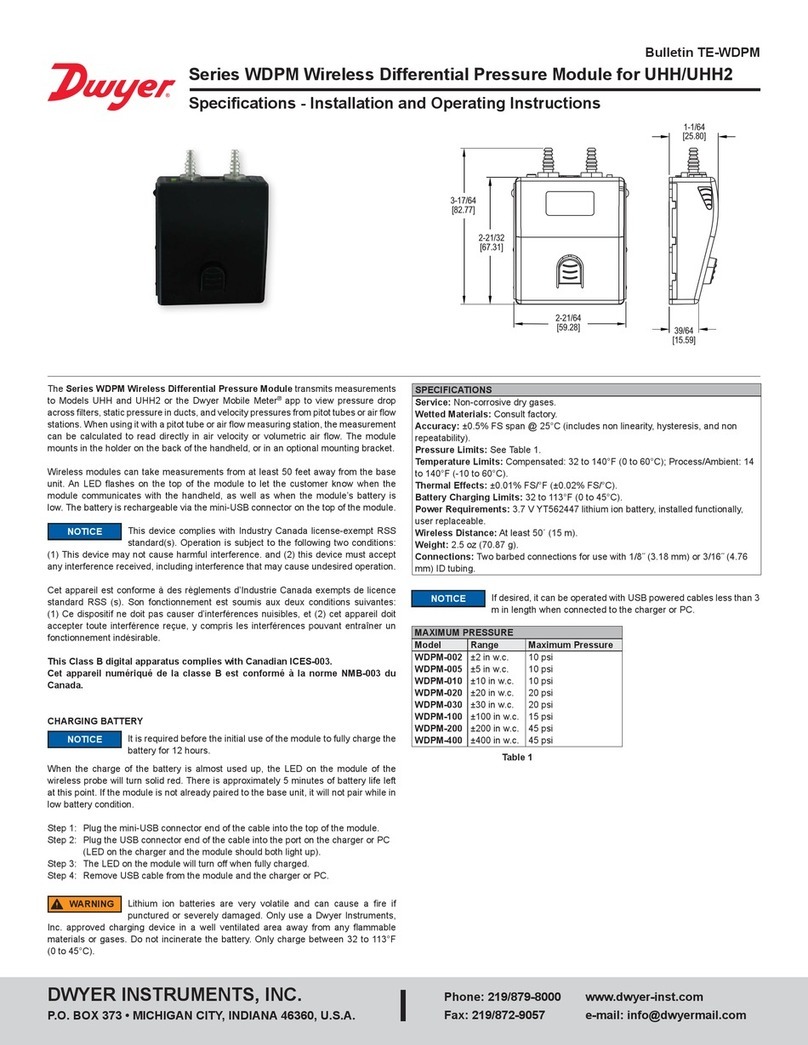
Dwyer Instruments
Dwyer Instruments WDPM Series Specifications-installation and operating instructions
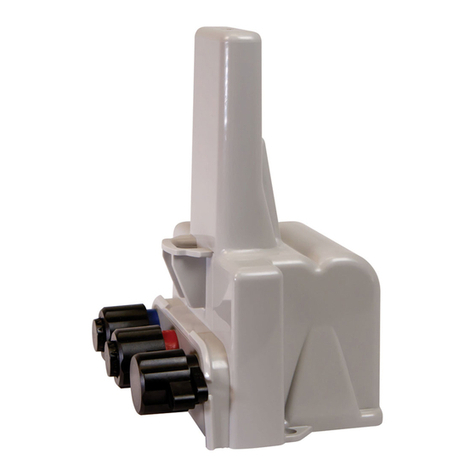
ITRON
ITRON OpenWay Riva 500W ERT installation guide
